Hear audio from Jerry Lynn Burns’ initial appearance in Linn County on Thursday morning, Dec. 20, 2018. Press Citizen
CONNECTCOMMENTEMAILMORE
DAVENPORT, Ia. — James Kinkead had finished responding to a fight in Cedar Rapids when dispatch sent him to Westdale Mall in search of a tan 1972 Buick.
It was about 4 a.m. on Dec. 20, 1979 when Kinkead, an overnight police officer in Cedar Rapids, came across the frost-covered car in the mall’s lower lot. It was cold and windy that night, Kinkead, now 73 and retired, recalled Thursday.
All but the rear driver’s side door were locked, he told dispatch before opening the door and peering inside. He noticed someone slumped on the floor in the front passenger seat. It was probably an intoxicated woman who passed out, he assumed at first. But then he saw the blood.
Michelle Martinko was set to graduate from Cedar Rapids’ Kennedy High School in the spring of 1980. By fall of 1979 she had her sights set on studying interior design at Iowa State University, friends said.
The 18-year-old, described by her peers as friendly, sweet and kind, was last seen leaving the newly-opened mall just before it closed at 10 p.m. on Dec. 19, 1979, witnesses testified at Martinko’s murder trial which began this week.
“She had that adorable little rabbit fur coat,” Jane Hanson, a friend of Martinko’s told the jury Wednesday at the Scott County Courthouse, also describing the black dress and “Farrah Fawcett flip” Martinko sported at a concert choir banquet a few hours before she went to Westdale mall to find a coat her mother put on layaway, a few hours before she was killed.
Jerry Burns, now 66, was arrested in 2018 on the 39th anniversary of Martinko’s death and charged with first-degree murder after investigators matched DNA preserved from the crime scene to the Manchester man’s genetic makeup.
Testimony, which began Wednesday, detailed for the jury the last day of Martinko’s life and the beginning of the journey DNA and genetic genealogy played in finding her alleged killer.
An autopsy completed the day after her death revealed Martinko was stabbed 11 times, including in her aorta and lungs. There were also lacerations to her face and neck contributing to her 29 total “sharp edge wounds,” Richard Fiester, the now-retired pathologist who conducted the autopsy on Martinko, told jurors Thursday.
Fiester pointed to images of slice marks in between Martinko’s fingers displayed as evidence on the courtroom TV, describing them as “textbook” defense wounds.
“She was in a lot of motion,” he said, demonstrating by holding his palms in front of his face as protection. He estimated Martinko lost two-thirds of her blood volume that night.
Her dress was pulled up when she was found, but her pantyhose were still on and she hadn’t been sexually assaulted, lab results indicated.
The strappy black dress she was wearing was brought out as evidence Thursday and remained in the courtroom, cinched around a mannequin until the end of testimony Friday. White tags indicated puncture marks and blood stains.
Richard White, now 80, photographed the crime scene for the Cedar Rapids police department that cold morning in 1979. It was his birthday. Every year since, local news headlines marking the date have also reminded him he shares a calendar day with the mystery of Martinko’s death.
The Buick seemed “hurriedly parked,” White told the jury, pointing to a photo he took of the back left tire parked over the painted line.
More: ‘Michelle Martinko, forever 18’: Trial begins for man accused in 1979 death of Cedar Rapids teen
White testified that while he didn’t find any suspect fingerprints at the scene, he did notice a “chevron-type pattern” outlined in the blood inside the car and in the film on one of the door handles.
He later bought a pair of “normal household dish-washing gloves” from a local grocery store. White’s suspicions were correct: they matched the pattern found in the car and confirmed his idea that Martinko’s attacker approached her wearing gloves.
The interior of the car was covered in blood, White recalled. Fibers from Martinko’s fur coat protruded from some of the blotches. He used a razor blade to scrape blood off the gear shifter, then he lifted it off with fingerprinting tape and sealed it in an envelope.
Little did he know, that scraping would be used to arrest Burns exactly 39 years later.
But first it was passed back and forth between the Davenport Police Department and a DCI lab, tested and re-tested as DNA technology improved and investigators continued searching for a suspect in a case that had seemingly gone cold, previous investigators testified.
Parts of Friday’s testimony were akin to a DNA lesson from a high school biology teacher as experts set up the building block of knowledge for the jury ahead of testimony on the significance around and reliability of DNA.
Michael Peterson, a former employee at the DCI crime lab who handled the Martinko evidence in 1997, asked the jury to imagine uncoiling the spiral of a DNA strand.
“That six feet contains approximately 3 billion base pairs,” he said.
It was Linda Sawer, a former coworker of Peterson’s at the DCI lab, who took the DNA found on Martinko’s bloodied dress and uncoiled it, splitting it in two.
Sawer took the witness stand for more than two hours Friday afternoon, explaining to the jury how in 2005 she discovered a partial male DNA profile intermixed with Martinko’s after cutting a new sample from the dress. The chance that someone else has the same partial profile, she said, is one in 100 billion.
It was the first step in putting a face to the perpetrator, but it wouldn’t be until more than a decade later that investigators could confidently approach Burns at his Manchester business and make an arrest.
Burns told investigators the day of his arrest that he didn’t know Martinko. He’s maintained his innocence ever since.
More: Judge allows Jerry Burns’ DNA evidence at trial, exudes ‘violent’ internet search history
Trial is scheduled to continue at 9 a.m. Monday as prosecutors continue calling witnesses forward who can explain how the partial male DNA profile Sawer discovered in 2005 helped investigators to begin constructing and then trimming back a family tree with the help of emerging commercial genetic genealogy sites until they narrowed their suspects down to one of three brothers who shared the last name Burns.
District Judge Fae Hoover-Grinde, who is presiding over the proceedings, said trial is expected to last two to three weeks.
Though it’s not certain who will testify in the remaining days of trial, the questions asked of potential jurors early in the week could be indicative of testimony to come.
First Assistant Linn County Attorney Nick Maybanks asked a prospective juror if he would require the state to prove a motive. He said no.
Defense attorney Leon Spies asked prospective jurors about their trust in law enforcement and their knowledge or interest in DNA forensics. At one point, seven of the 37 potential jurors being questioned Tuesday said they have submitted their DNA to a genealogy site.
Spies also asked at least half a dozen potential jurors if they would count it against Burns if he didn’t take the stand to testify. Most said no.
On Friday, Burns, dressed in a suit and tie, quietly watched proceedings from a seat next to his attorney.
Anna Spoerre covers crime and courts for the Des Moines Register. She can be contacted at aspoerre@dmreg.com, 515-284-8387 or on Twitter at @annaspoerre.
Your subscription makes work like this possible. Subscribe today at DesMoinesRegister.com/Deal.
CONNECTCOMMENTEMAILMORE
Read or Share this story: https://www.desmoinesregister.com/story/news/crime-and-courts/2020/02/15/jerry-burns-trial-witnesses-recall-bloody-crime-scene-decades-without-answers-dna-michelle-martinko/4760688002/

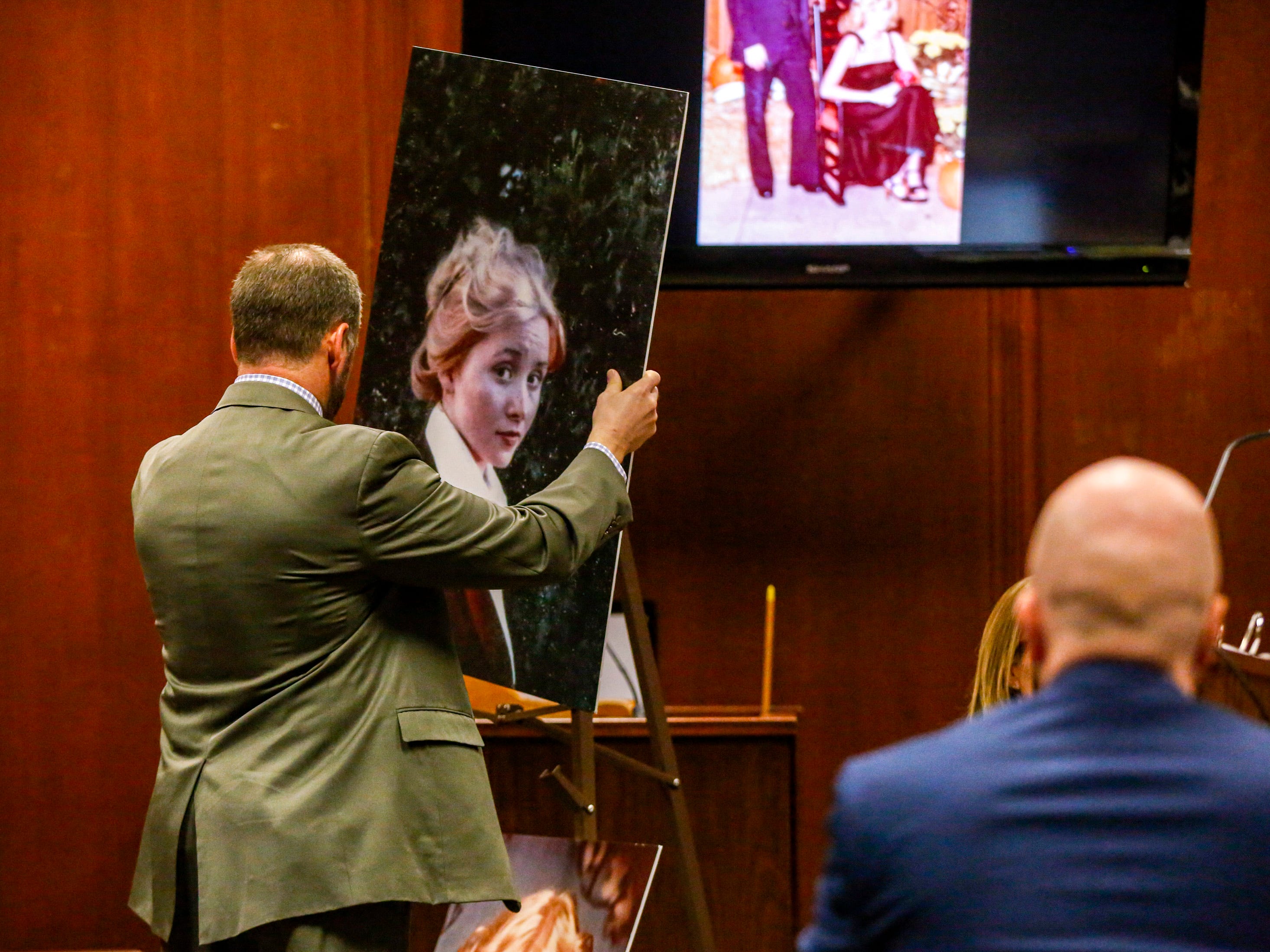 1 of 23
1 of 23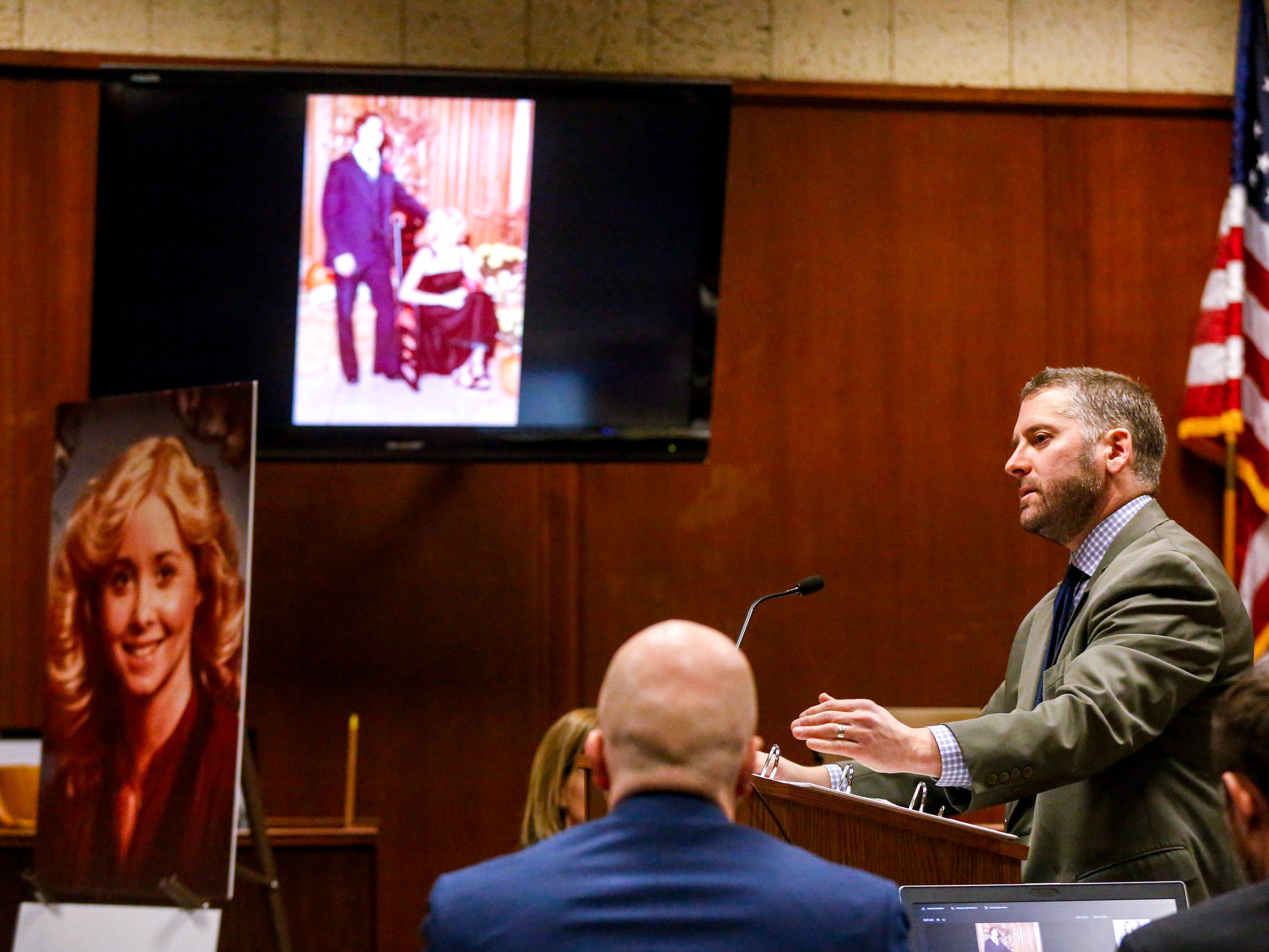 2 of 23
2 of 23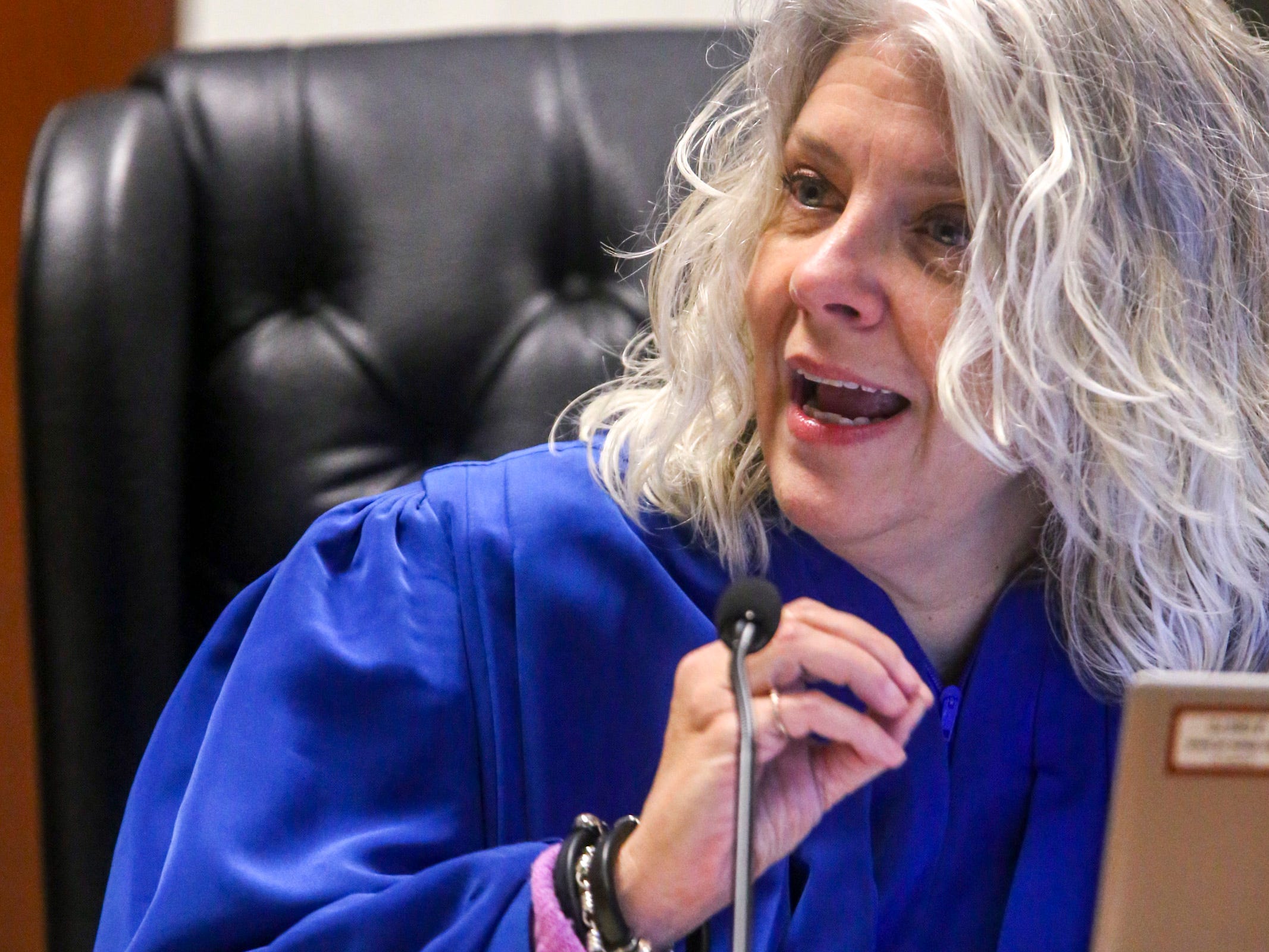 3 of 23
3 of 23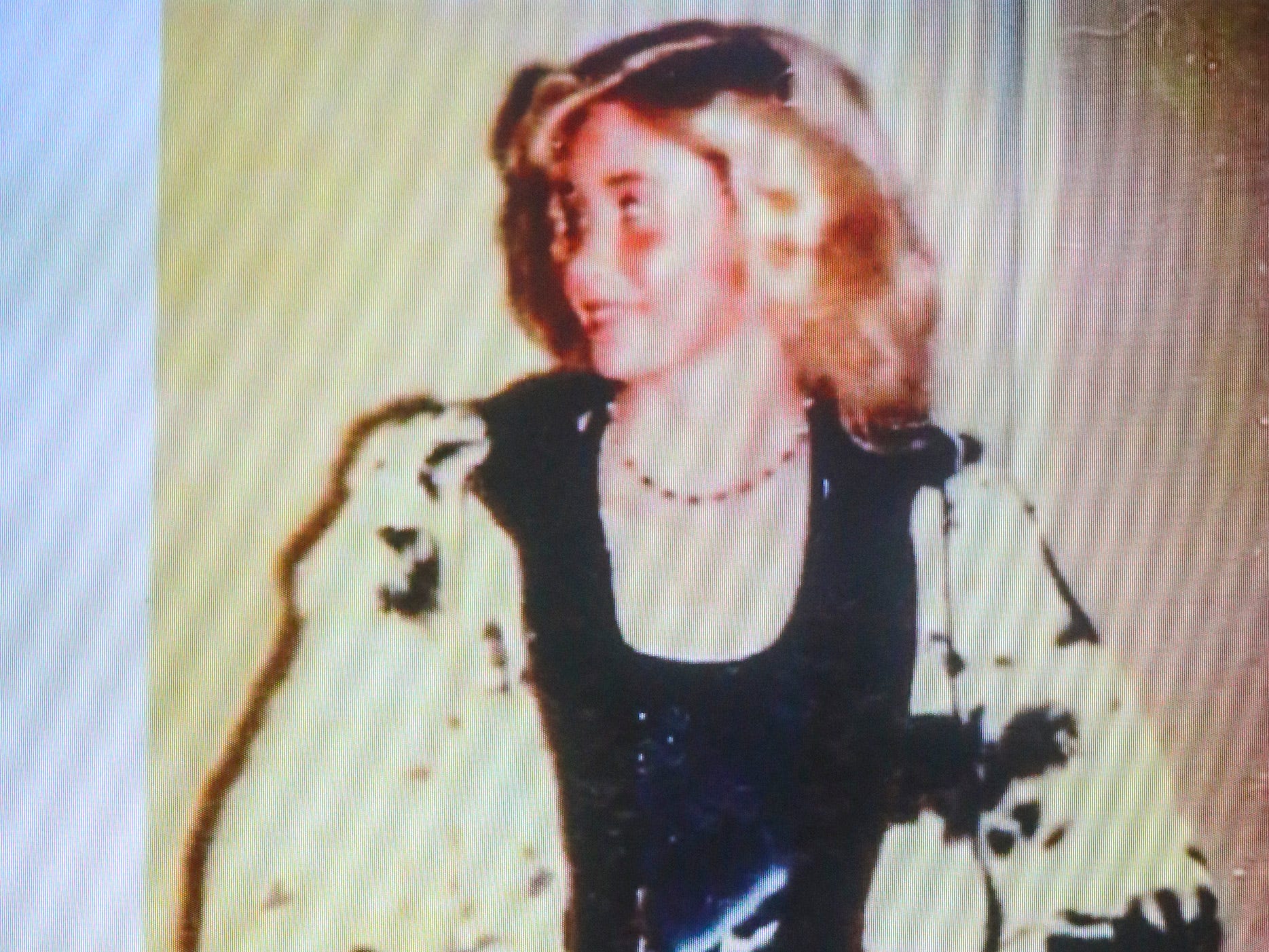 4 of 23
4 of 23 5 of 23
5 of 23 6 of 23
6 of 23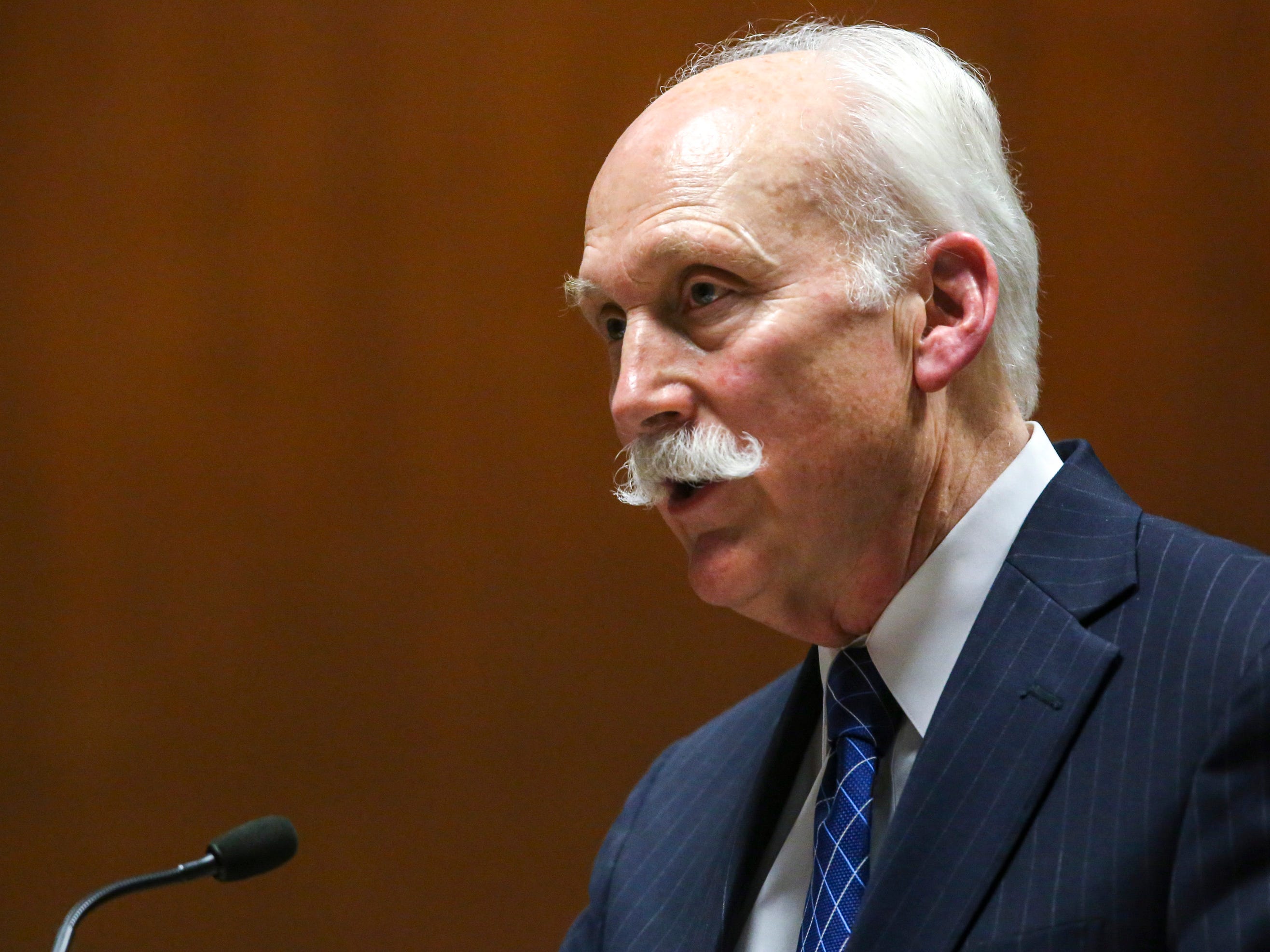 7 of 23
7 of 23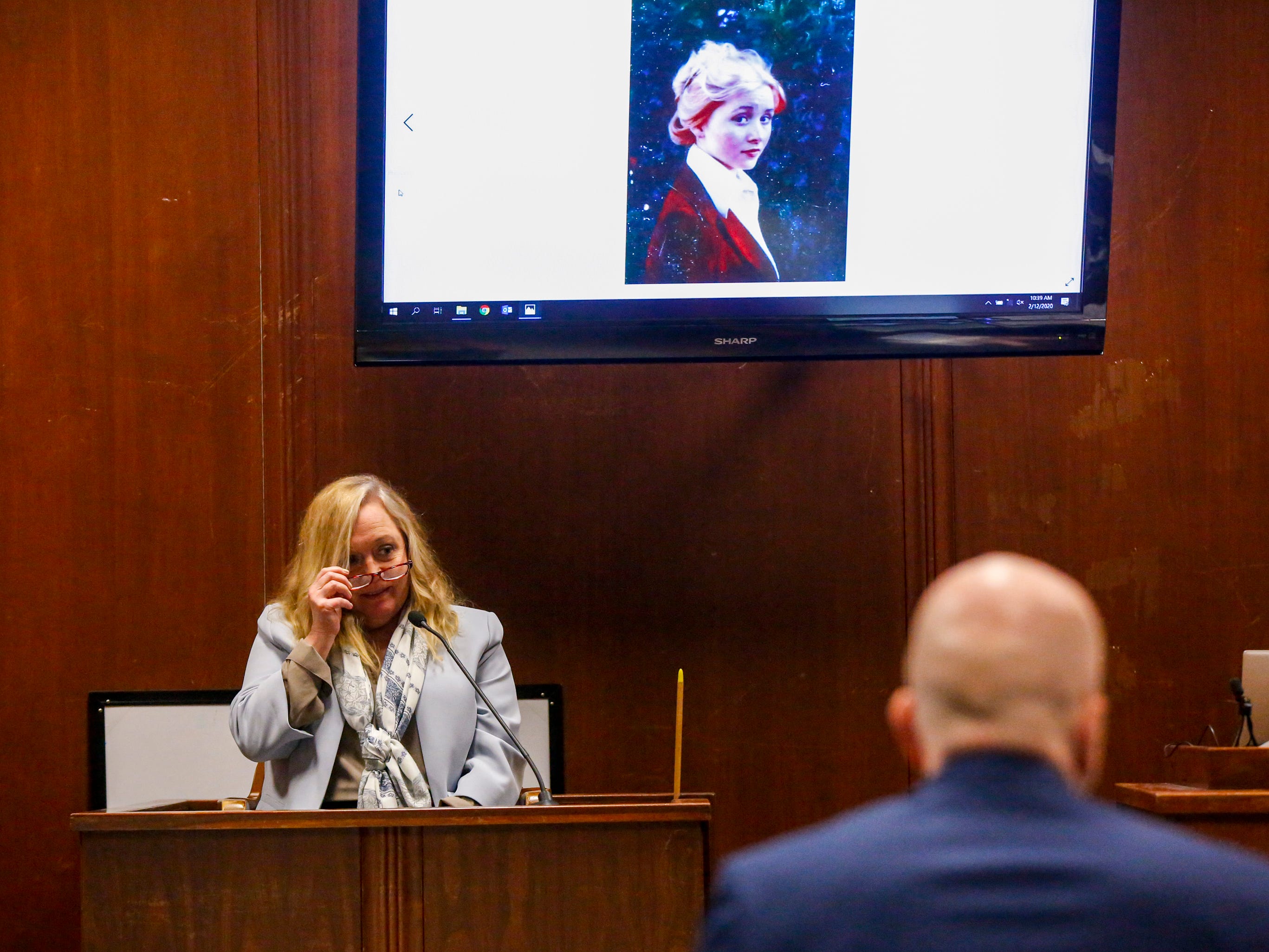 8 of 23
8 of 23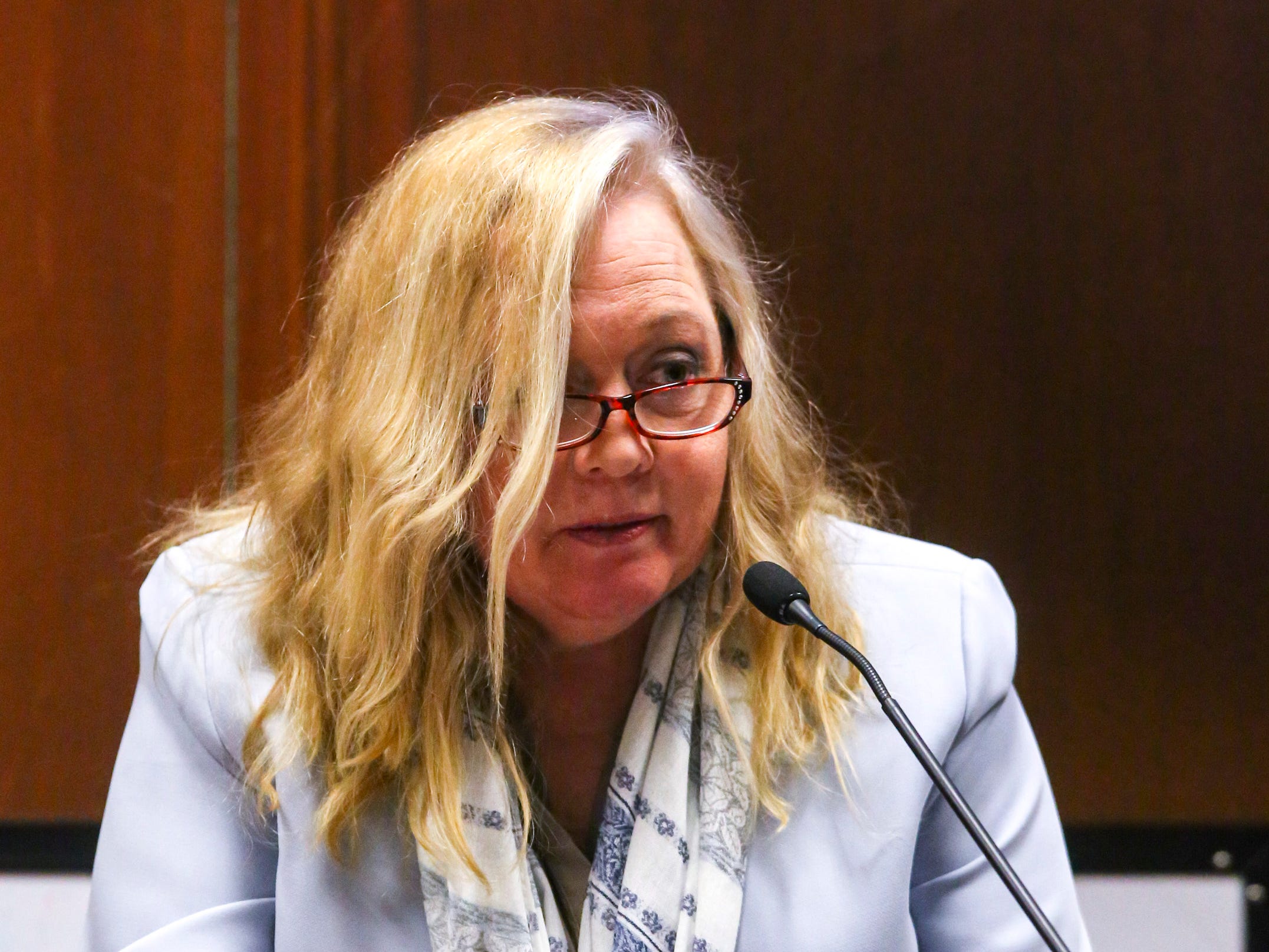 9 of 23
9 of 23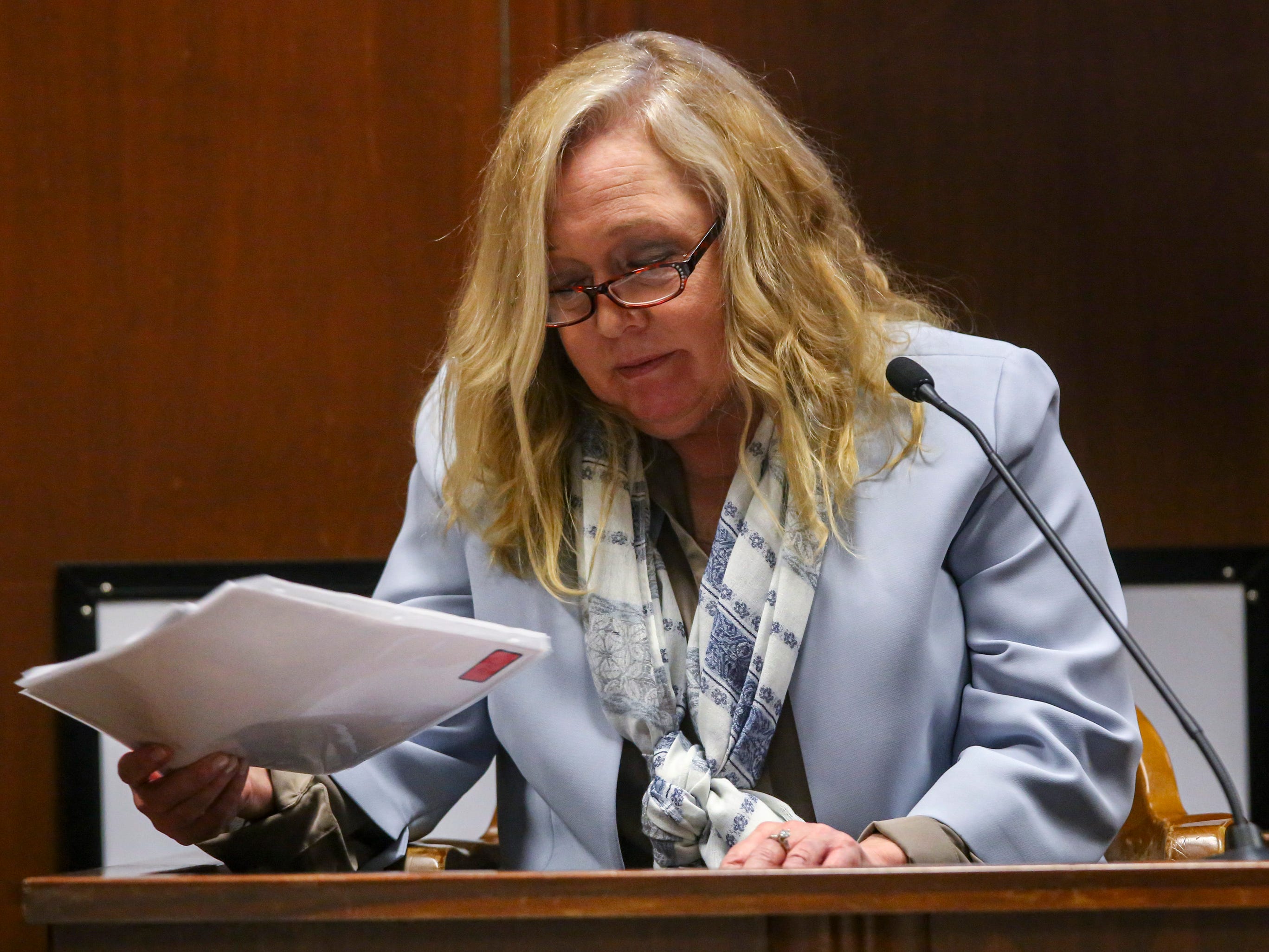 10 of 23
10 of 23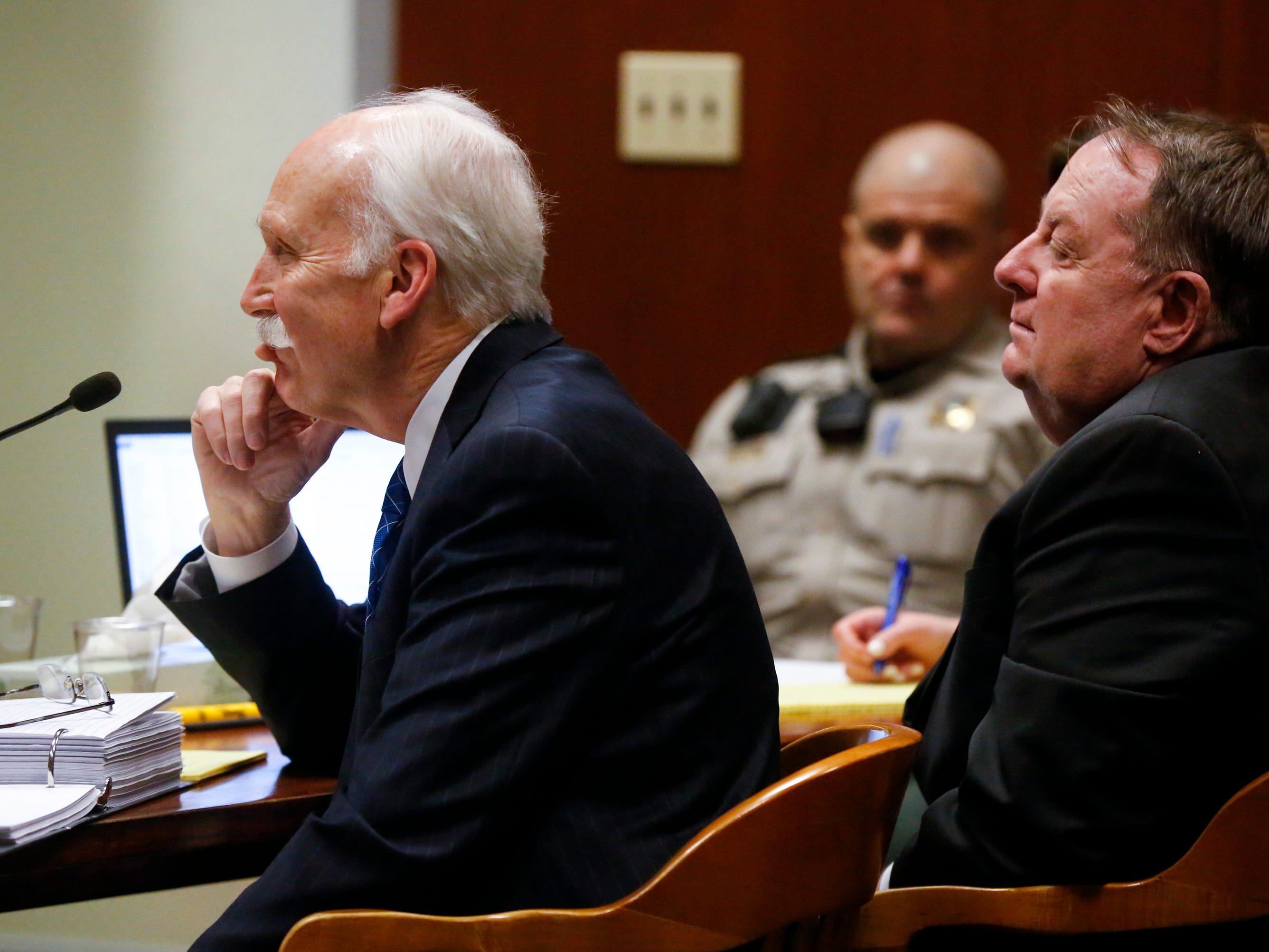 11 of 23
11 of 23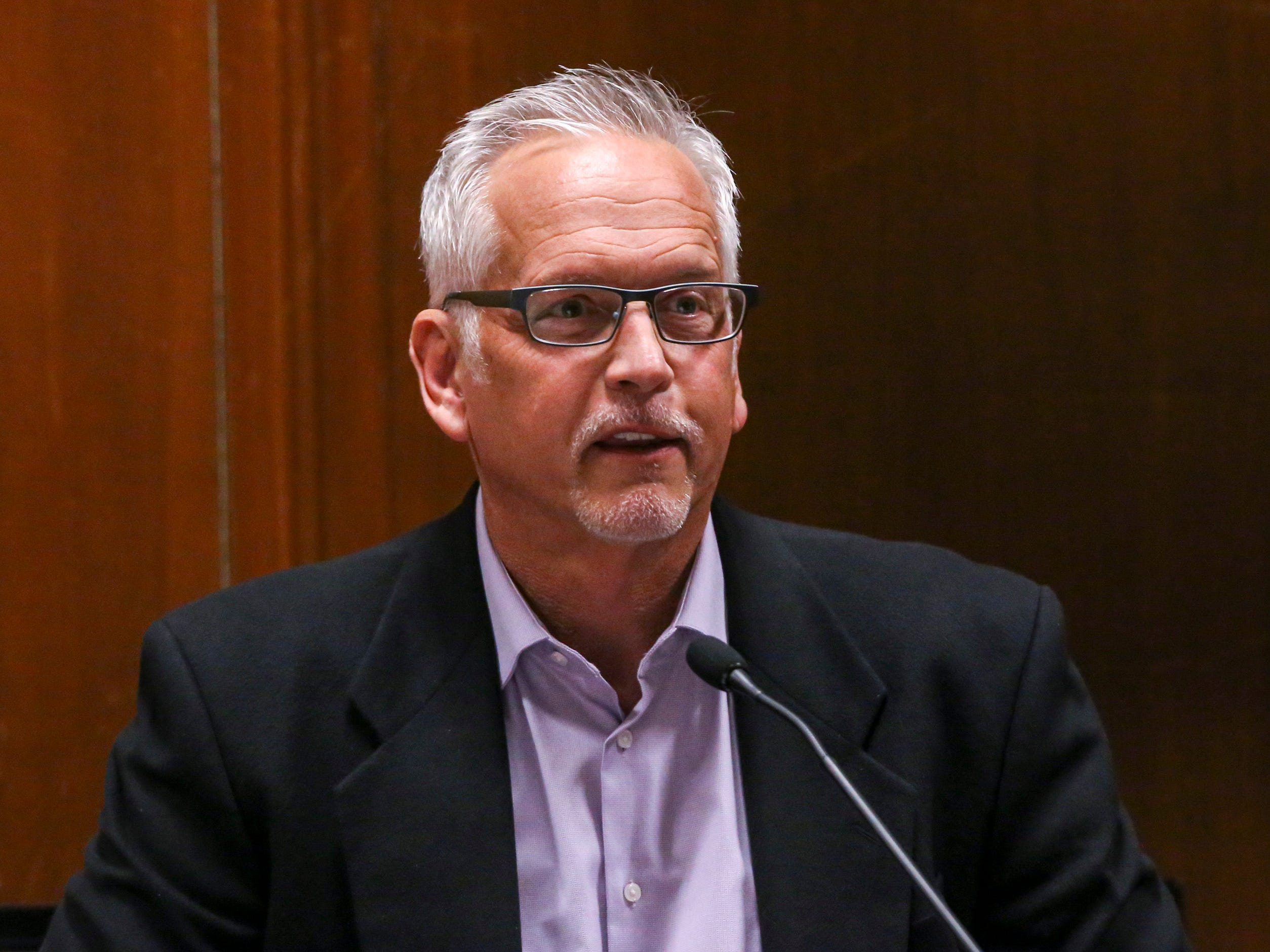 12 of 23
12 of 23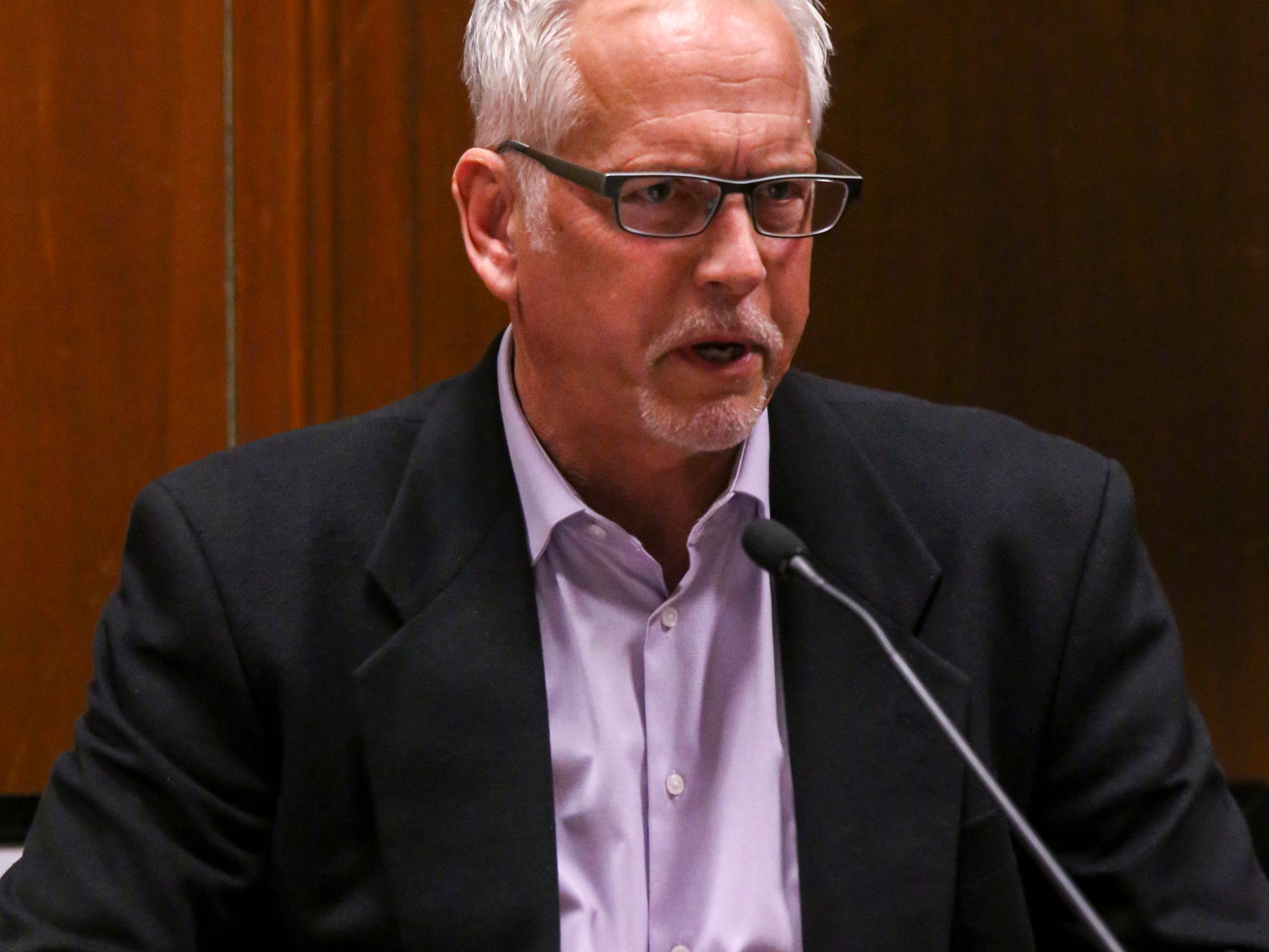 13 of 23
13 of 23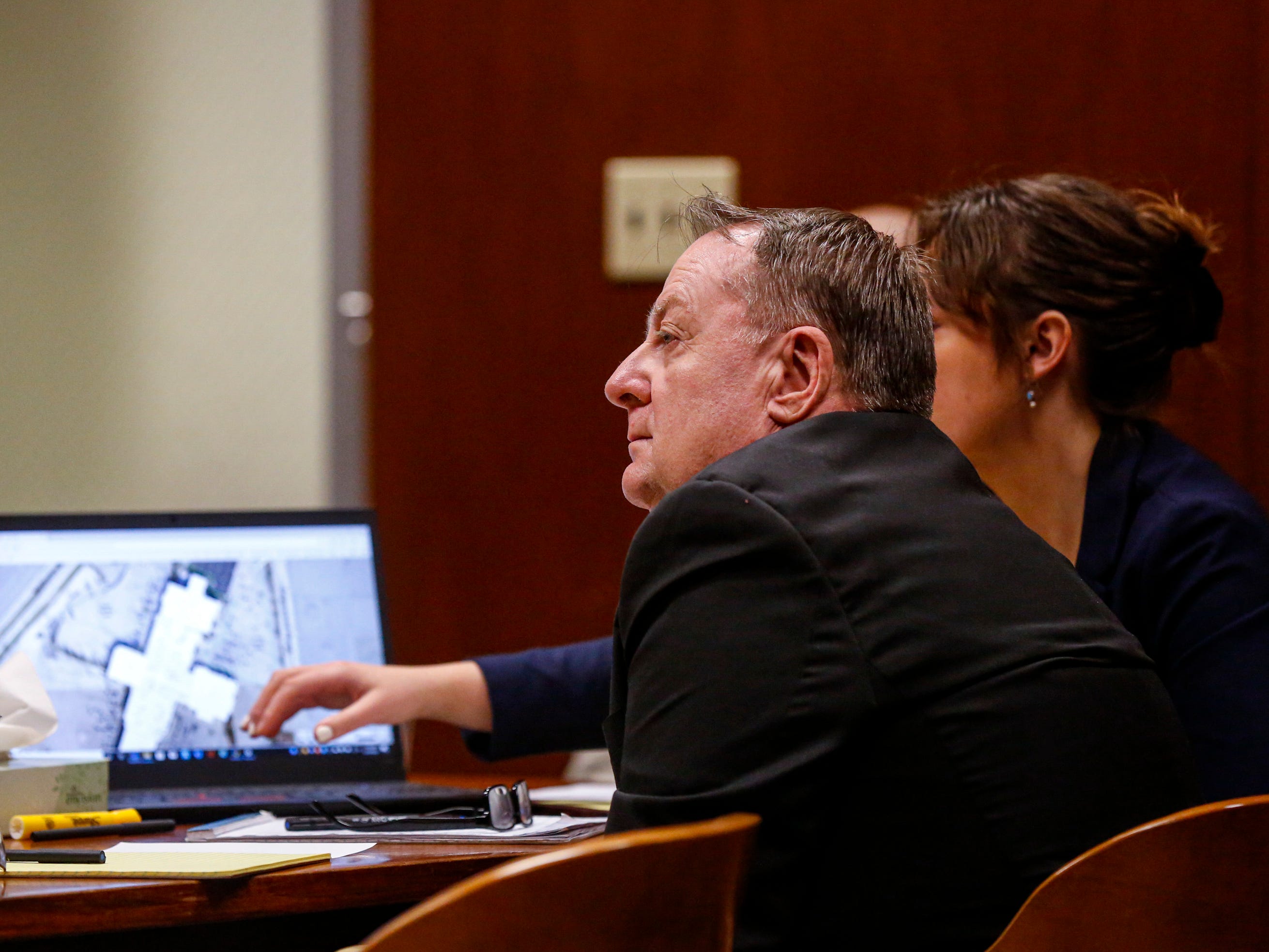 14 of 23
14 of 23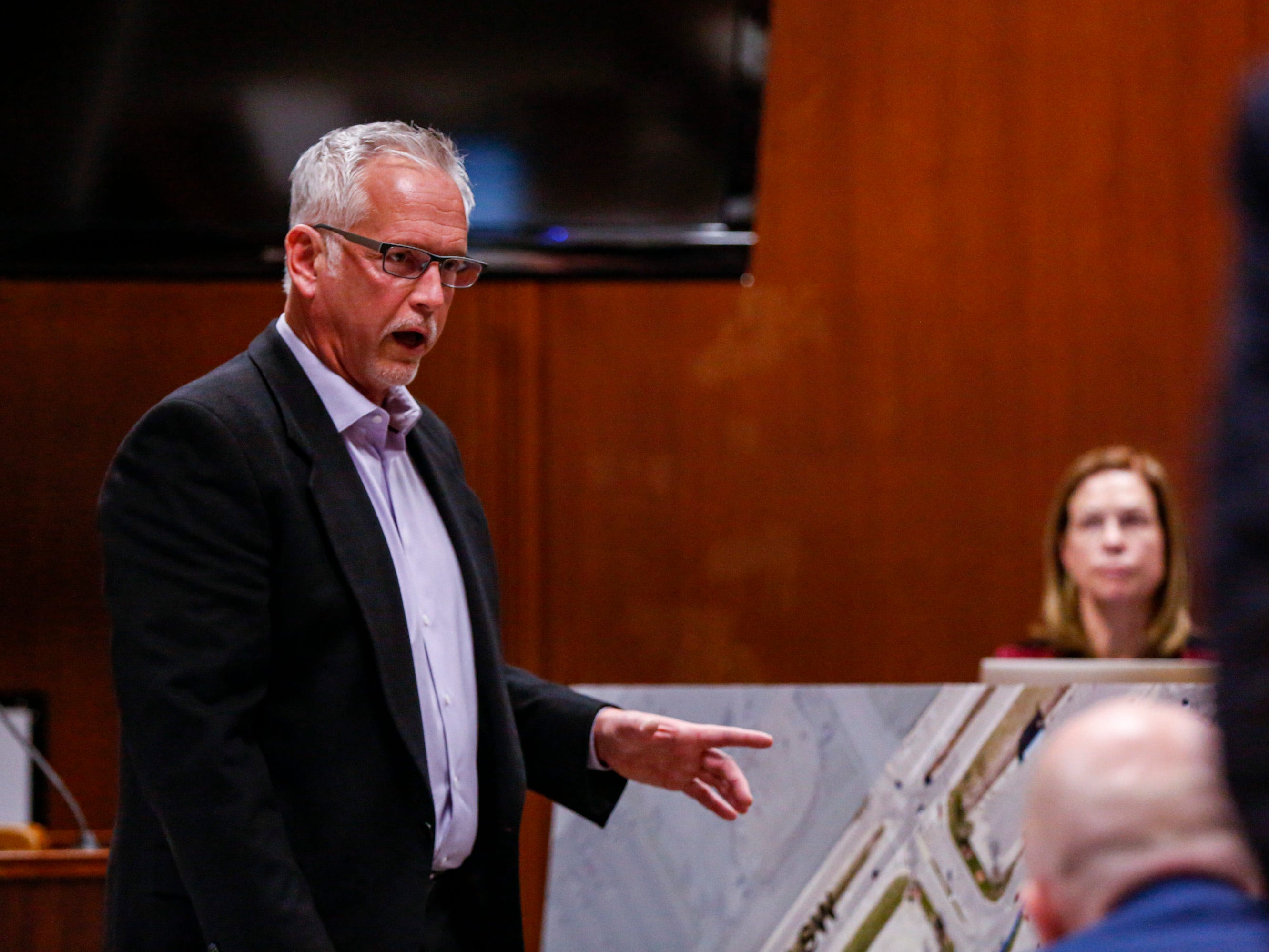 15 of 23
15 of 23 16 of 23
16 of 23 17 of 23
17 of 23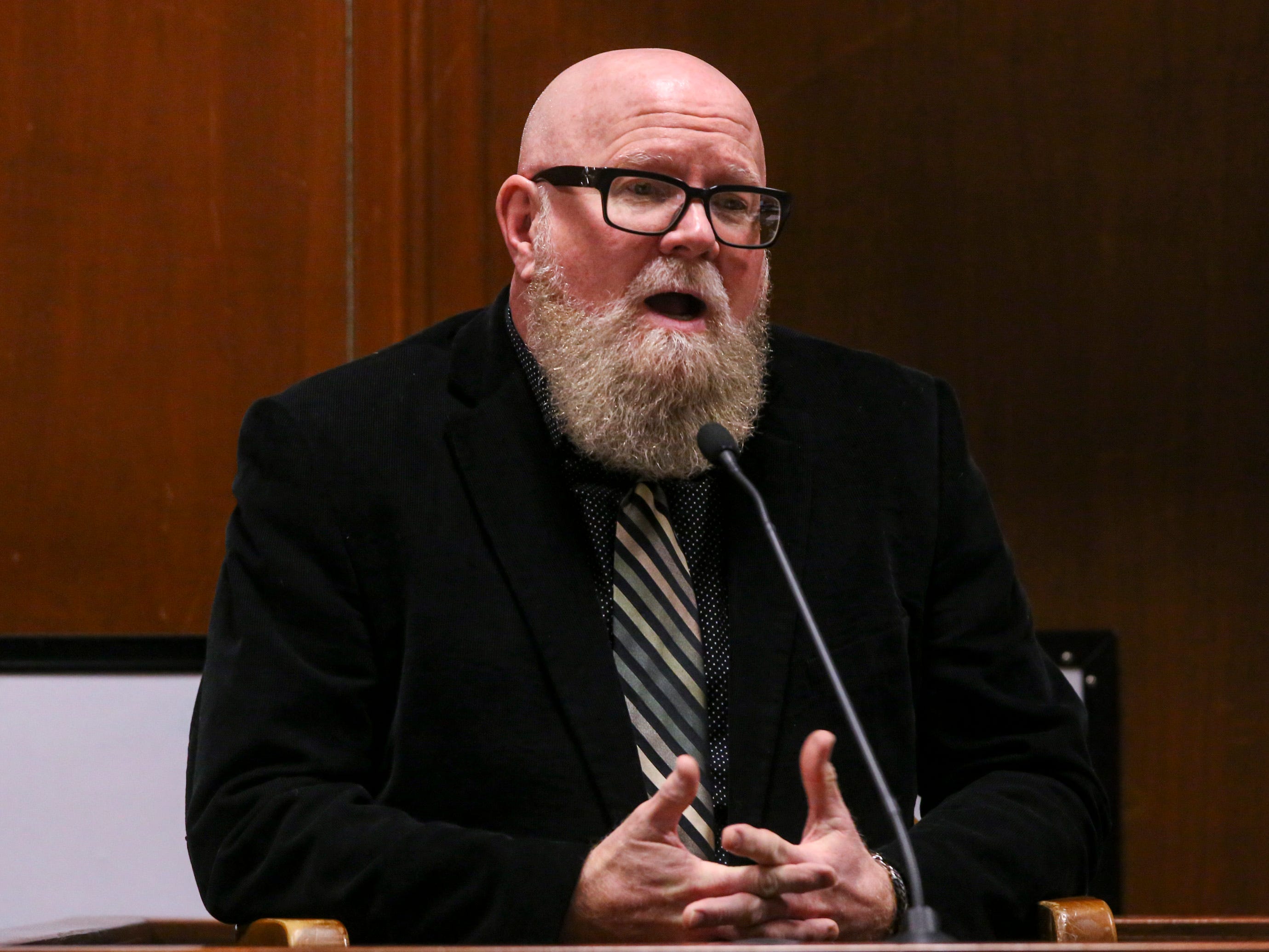 18 of 23
18 of 23 19 of 23
19 of 23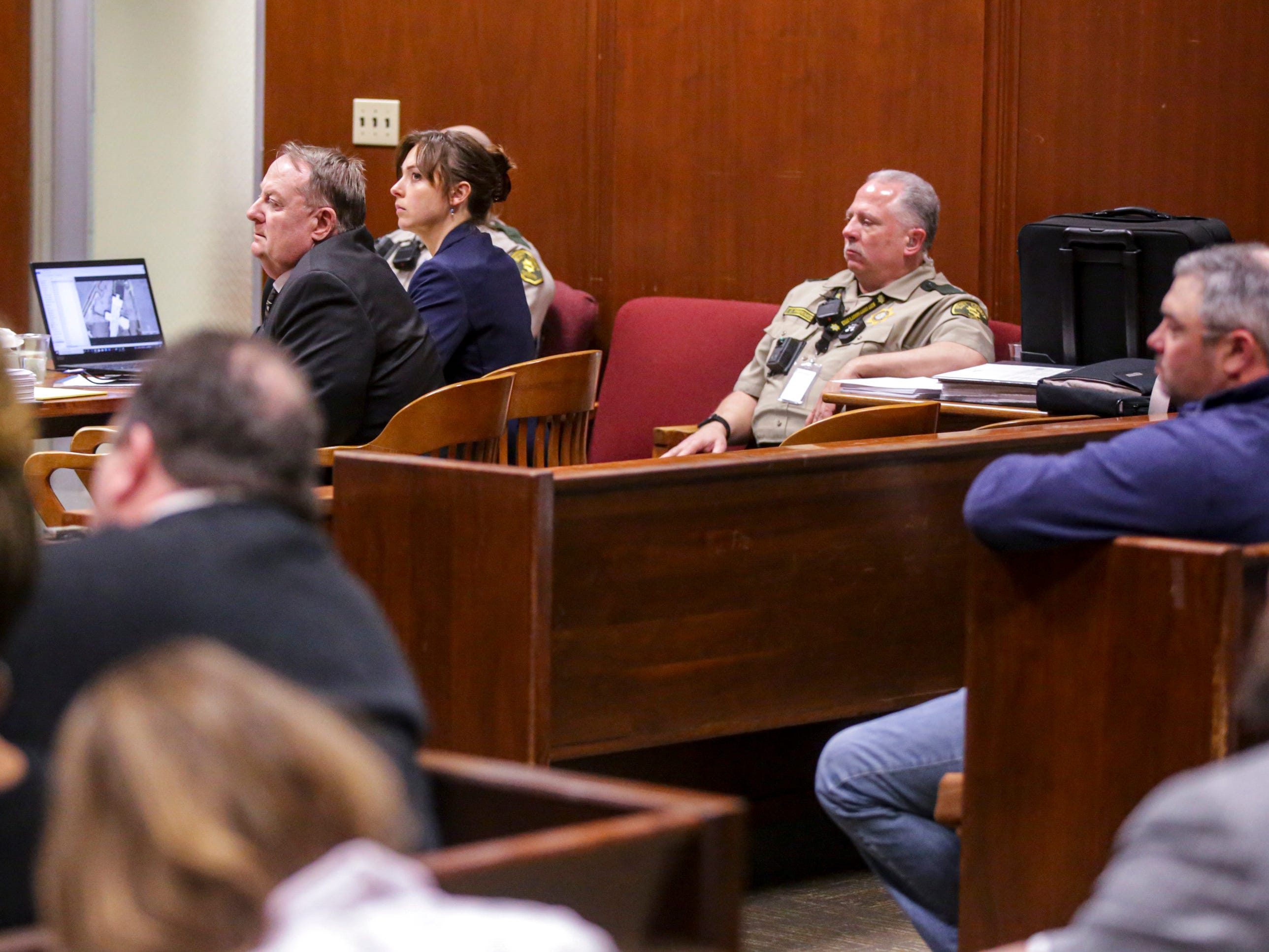 20 of 23
20 of 23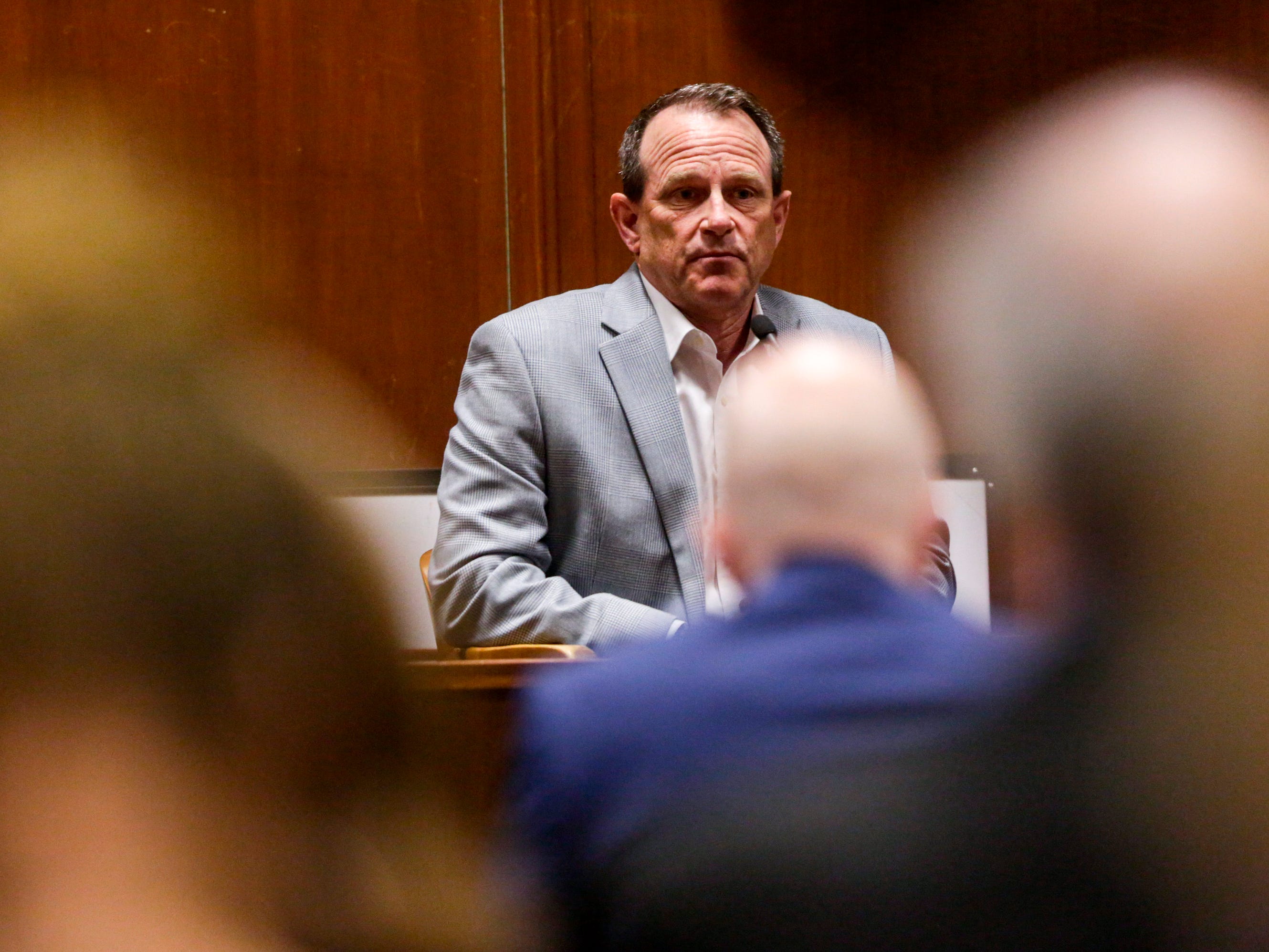 21 of 23
21 of 23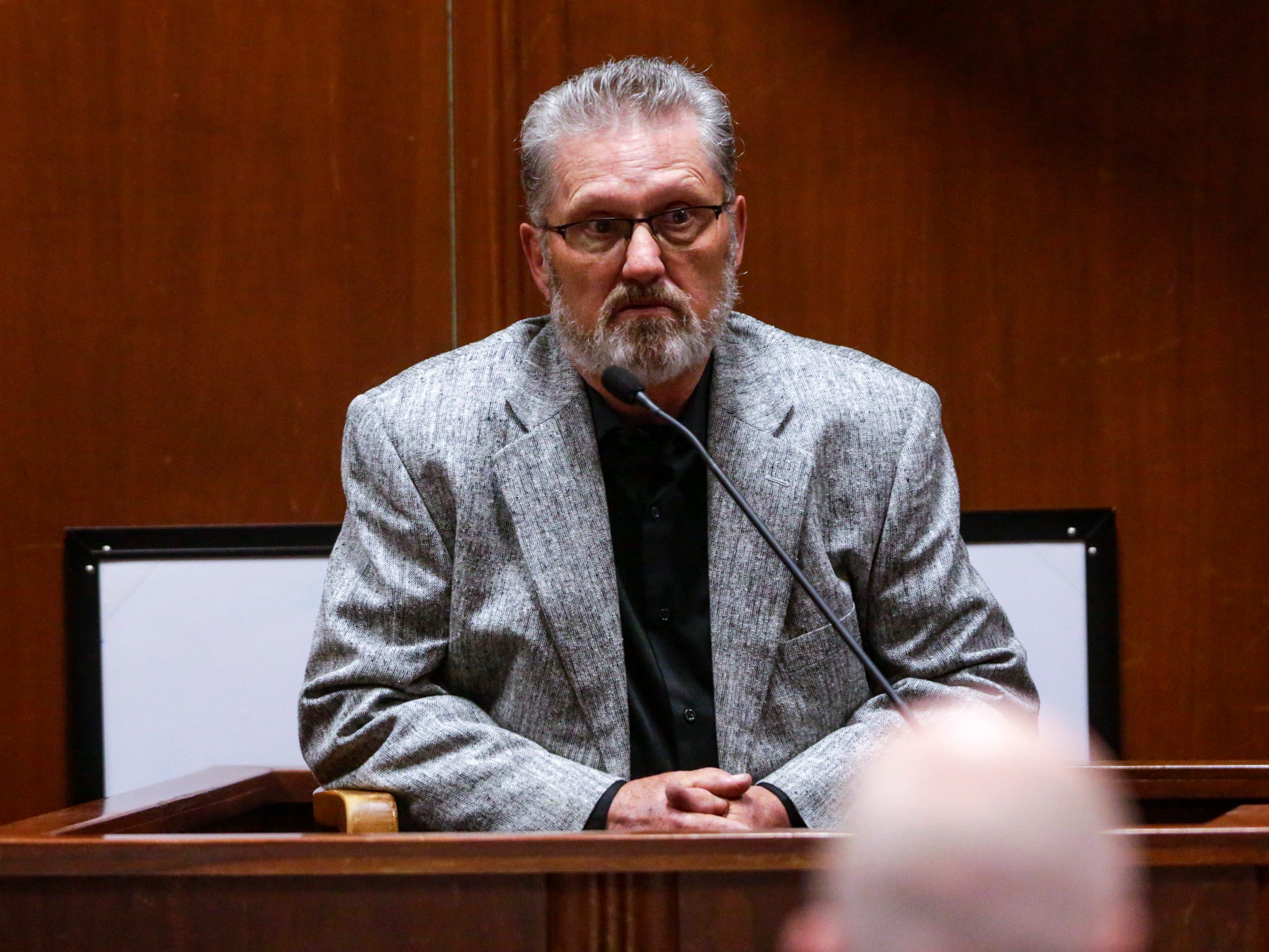 22 of 23
22 of 23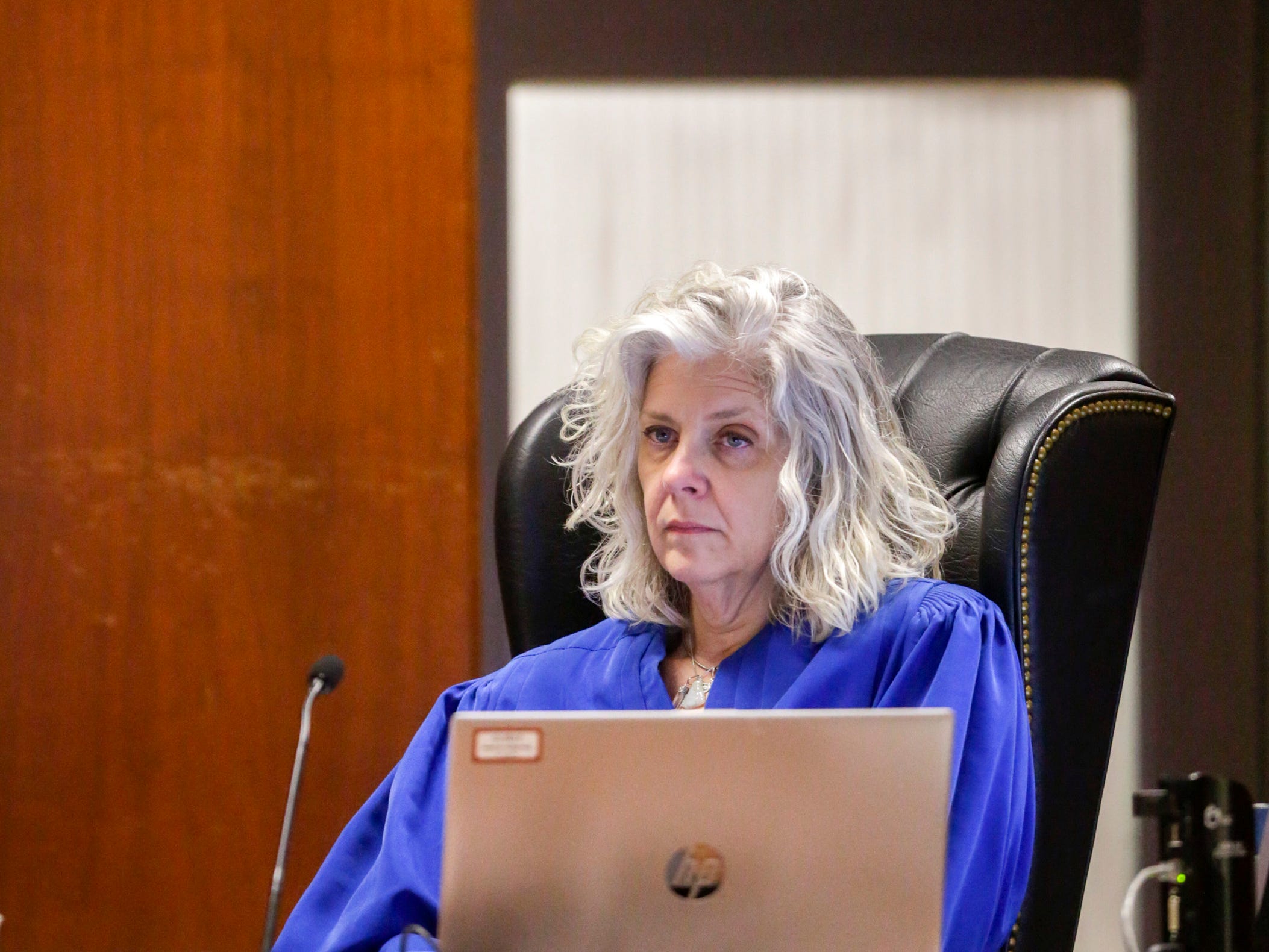 23 of 23
23 of 23
 1 of 5
1 of 5











